When the sun goes down and the world settles into darkness, a whole other realm of life wakes up. It’s a world of shadows, secrets, and creatures that thrive when most of us are fast asleep. Some are downright bizarre, others a little spooky, but all of them are fascinating in their own right. From eerie hunters with glowing eyes to stealthy, slithering wanderers, these strange nocturnal creatures own the night—and they’re anything but ordinary.
1. The Enigmatic Aye-Aye
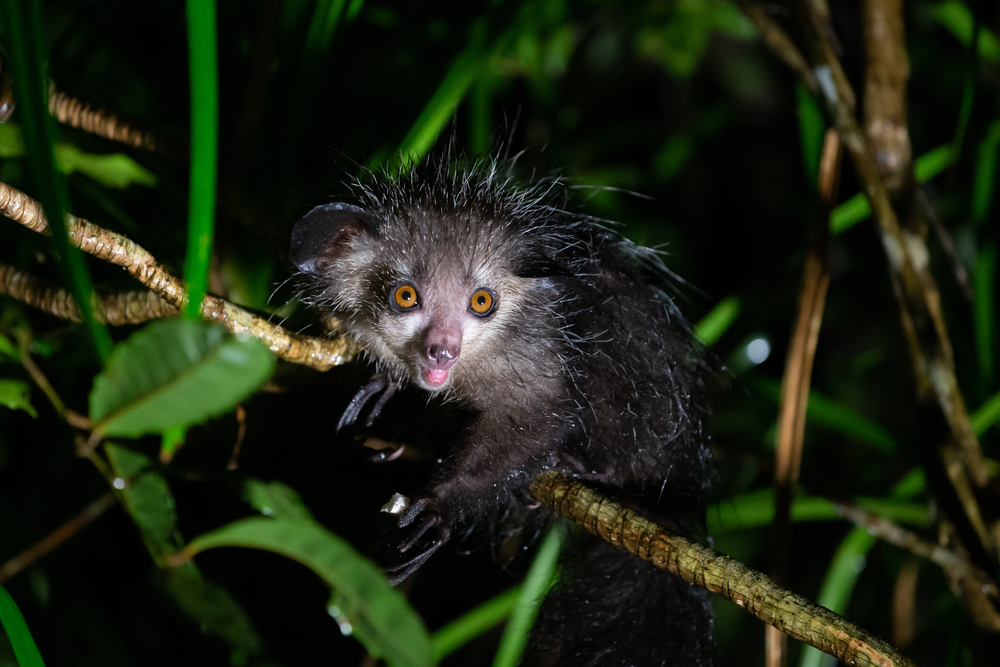
When it comes to strange nocturnal creatures, the aye-aye is definitely high on the list. This primate, native to Madagascar, looks like something out of a storybook with its large, expressive eyes, and long, bony fingers. Its most famous digit is the middle finger, which is not just for flipping off predators—it’s specialized for tapping on tree trunks to find grubs. According to the San Diego Zoo Wildlife Alliance, the aye-aye is listed as Endangered on the IUCN Red List, facing significant threats from habitat destruction and local superstitions that unfairly brand it as a harbinger of bad luck.
Its peculiar appearance and nocturnal habits make it a misunderstood enigma, misunderstood often, but always fascinating. Conservation groups are working hard to change perceptions and protect the aye-aye from extinction, recognizing it as an integral part of Madagascar’s biodiversity. So, next time you’re mystified by strange creatures of the night, remember the aye-aye and its incredible abilities.
2. The Ghostly Barn Owl
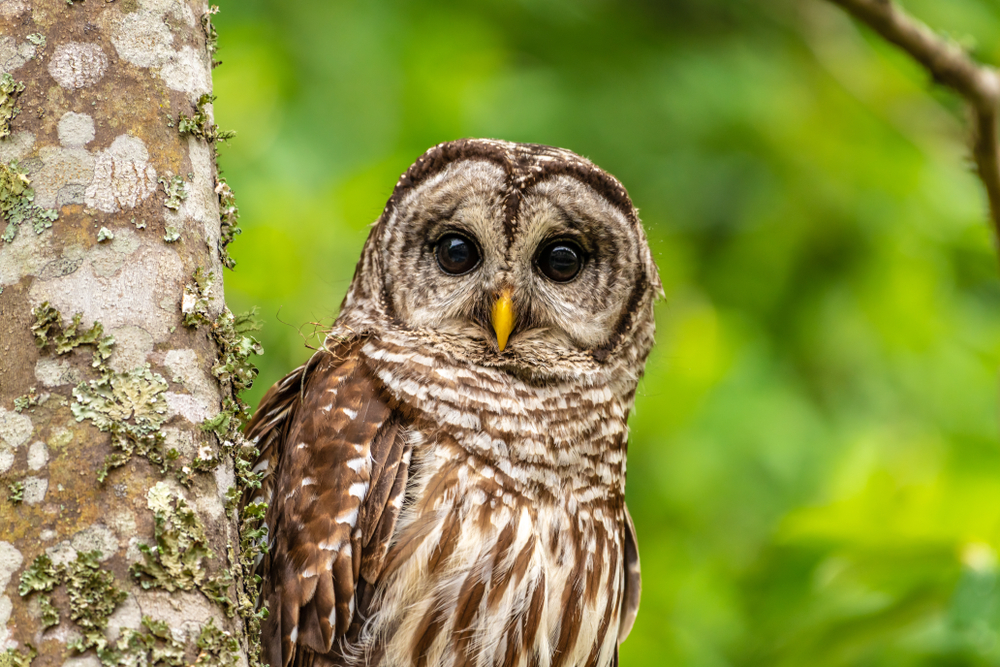
If you’ve ever been startled by a sudden, ghostly apparition swooping silently through the night, you might have encountered the barn owl. Known for their heart-shaped faces and haunting screeches, barn owls are silent hunters of the night. According to the Barn Owl Trust UK, their feathers are designed for stealth, allowing them to glide noiselessly as they hunt for rodents, and keeping their presence a secret until the last moment. This silent approach not only makes them effective predators but also some of the most eerie inhabitants of the night skies.
While they might seem spooky, barn owls are actually quite fascinating and play an essential role in controlling pest populations. Despite their benefits, they face challenges due to habitat loss and rodenticide poisoning. Conservation efforts have been initiated worldwide to ensure these elegant hunters continue to thrive in our nocturnal ecosystems. So, next time you hear a distant hoot, remember it’s just one of nature’s most efficient night stalkers, doing its part to keep the balance.
3. The Stealthy Black Panther
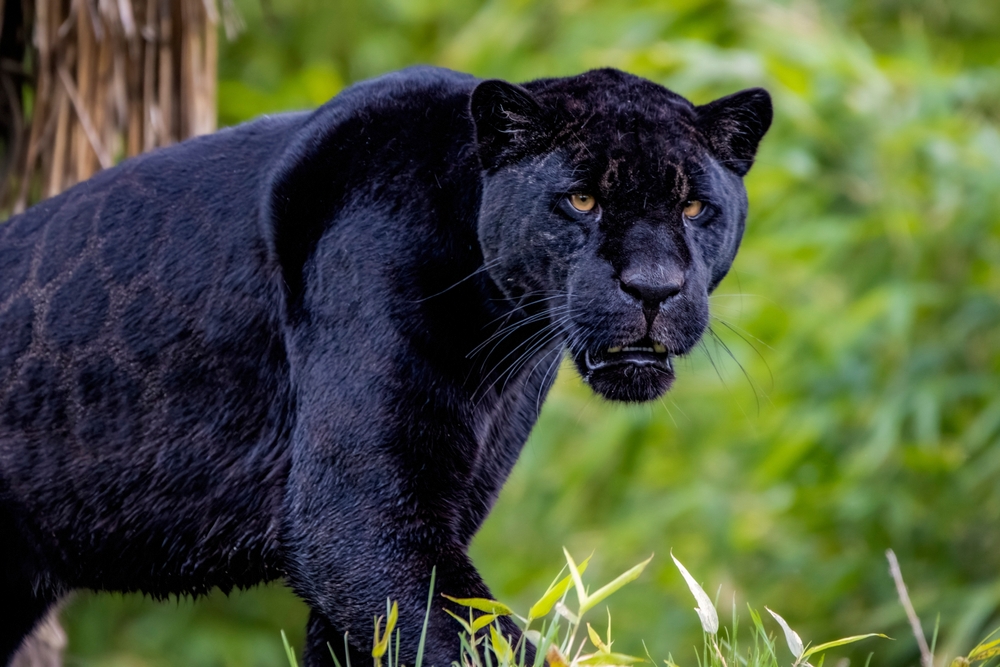
The black panther, a name that conjures images of mystery and power, is not a species in itself, but rather a term used to describe melanistic (dark-colored) big cats like leopards and jaguars. Under the cover of night, their dark coats allow them to blend seamlessly into their surroundings, making them formidable nocturnal hunters. Their incredible stealth and strength have earned them a legendary status among creatures of the night, often perceived as the quintessential dark prowlers in folklore and culture.
Living in diverse habitats ranging from dense rainforests to arid deserts, these elusive panthers are incredibly adaptable. They employ a combination of silent stalking, powerful leaps, and quick reflexes to take down their prey. Despite their prowess, these magnificent cats face threats from habitat destruction and poaching. Conservationists are working tirelessly to protect their natural habitats and ensure future generations can marvel at these enigmatic nocturnal creatures. So, should you find yourself in the wild at night, remember the black panther’s legacy as one of nature’s stealthiest predators.
4. The Oddball Tarsier
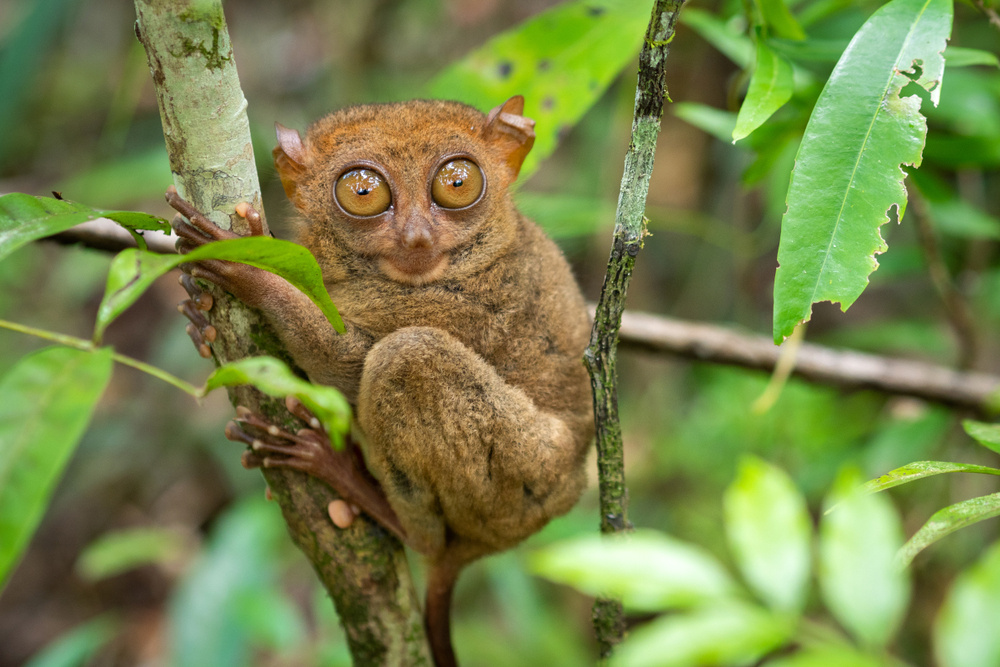
Imagine a creature with eyes so large that they can’t even move in their sockets—that’s the tarsier for you. These small primates are among the smallest in the world, yet their eyes are each the size of their brain. This anatomical peculiarity grants them incredible night vision, perfect for spotting insects and small vertebrates in the dark. Tarsiers are expert hunters, using their acute hearing and leaping prowess to catch prey with astonishing accuracy.
Tarsiers are often found clinging to trees in the forests of Southeast Asia, where they spend their nights hunting and days resting. Their unique appearance and behaviors have fascinated scientists and animal lovers alike, though they remain something of an oddity in the animal kingdom. Despite their unique adaptations, they face threats from habitat destruction and the pet trade. Conservation efforts are crucial to ensure these remarkable creatures continue to thrive and enchant those who are lucky enough to encounter them.
5. The Mysterious Kiwi Bird
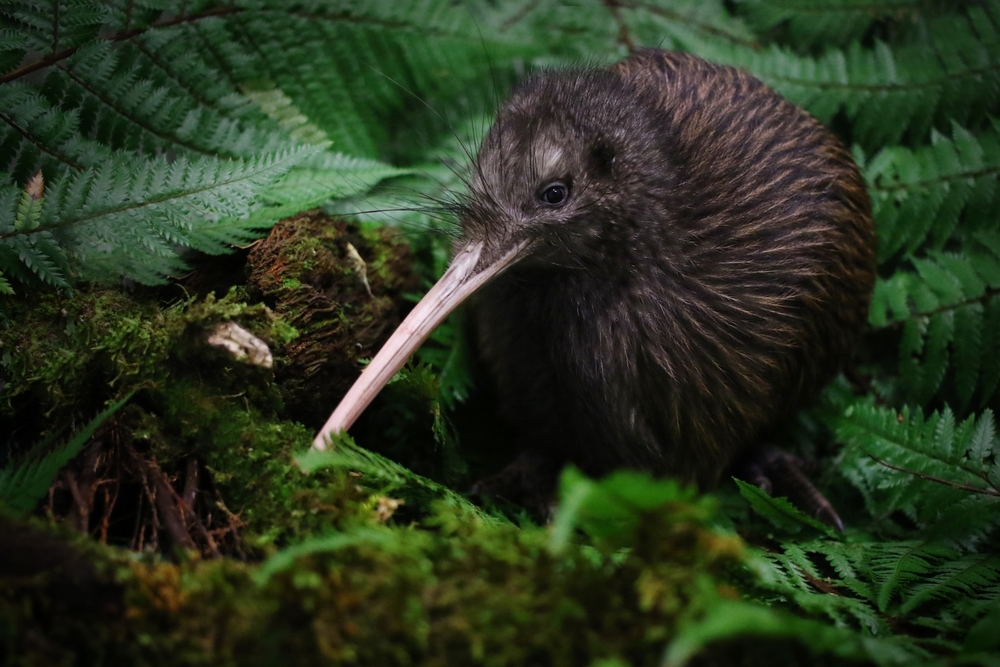
The kiwi bird, New Zealand’s iconic flightless bird, is a curious creature that thrives in the cover of night. With a keen sense of smell—unusual for birds—the kiwi is adept at locating insects and worms in the dark. Its nostrils are located at the end of its long beak, allowing it to probe deep into the ground in search of food. This peculiar adaptation, along with its nocturnal habits, makes the kiwi a true marvel of evolution.
Though it’s the national symbol of New Zealand, the kiwi faces numerous challenges in its natural habitat. Predators introduced by humans, like stoats and cats, pose significant threats to their populations. Conservation programs are in full swing to protect these endearing birds, ensuring their survival for generations to come. So, while they might be hard to spot in the wild, the kiwi remains a beloved and mysterious creature of the night, embodying the spirit of its homeland.
6. The Ancient Horseshoe Crab
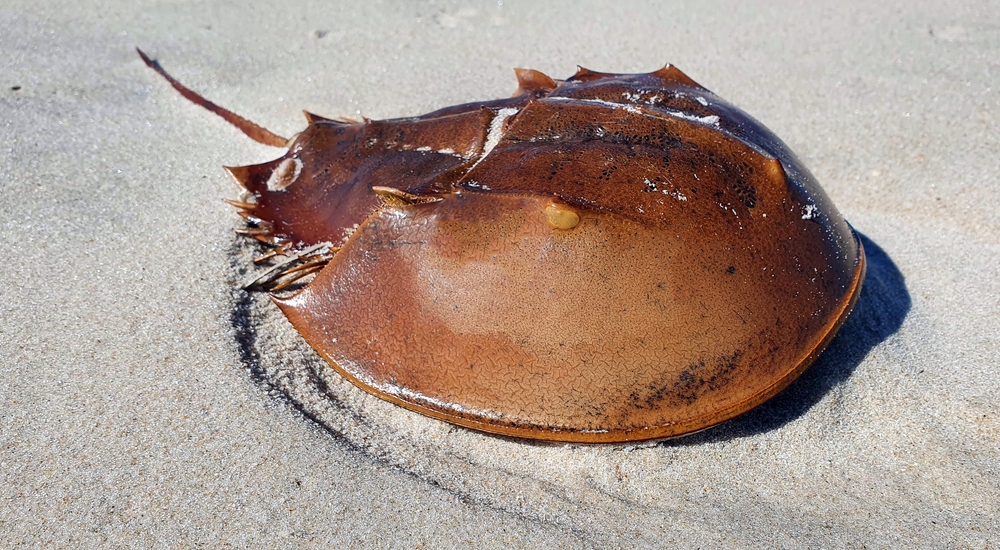
Dating back over 450 million years, the horseshoe crab is one of the oldest creatures to still roam the earth. Often found on the shores at night, these ancient mariners are more closely related to spiders than crabs. Their helmet-like shells and spiky tails make them look like something out of a prehistoric era. During the new and full moons, they appear in large numbers on beaches to spawn, a sight that’s both fascinating and otherworldly.
Horseshoe crabs play a crucial role in their ecosystems, providing food for migratory birds and other marine life. Moreover, their blue blood is used in the medical industry to detect bacterial endotoxins, highlighting their importance beyond their odd appearance. Despite their resilience, they face threats from habitat loss and overharvesting. Conservation efforts are vital to protect these living fossils, ensuring their continued presence in our world. When you think of creatures of the night, remember the horseshoe crab as a testament to nature’s enduring legacy.
7. The Camouflaging Chameleon
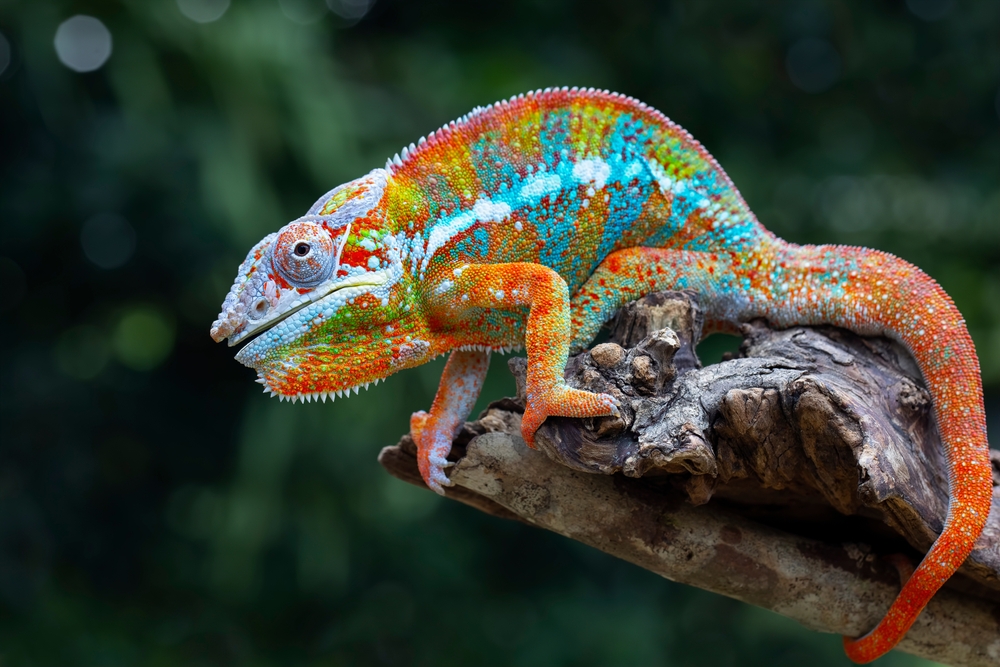
When it comes to blending into the night, few can rival the chameleon. These reptiles are famed for their color-changing abilities, although it’s not just for camouflage—this skill helps with temperature regulation and communication too. In the dead of night, chameleons use their specialized vision to hunt insects, showcasing their unique adaptation to their nocturnal lifestyle. It’s fascinating how these creatures have evolved to become masters of their environment, adapting in ways that continue to baffle scientists.
While many associate chameleons with bright, colorful displays, their nocturnal camouflage is equally impressive. Unfortunately, like many creatures, they face challenges due to habitat destruction and the pet trade. Protecting their natural habitats and regulating their trade is crucial to their survival. So, when pondering the marvels of camouflage and adaptation, the chameleon stands out as a truly remarkable creature of the night, showcasing the wonders of evolution.
8. The Elusive Nightjar
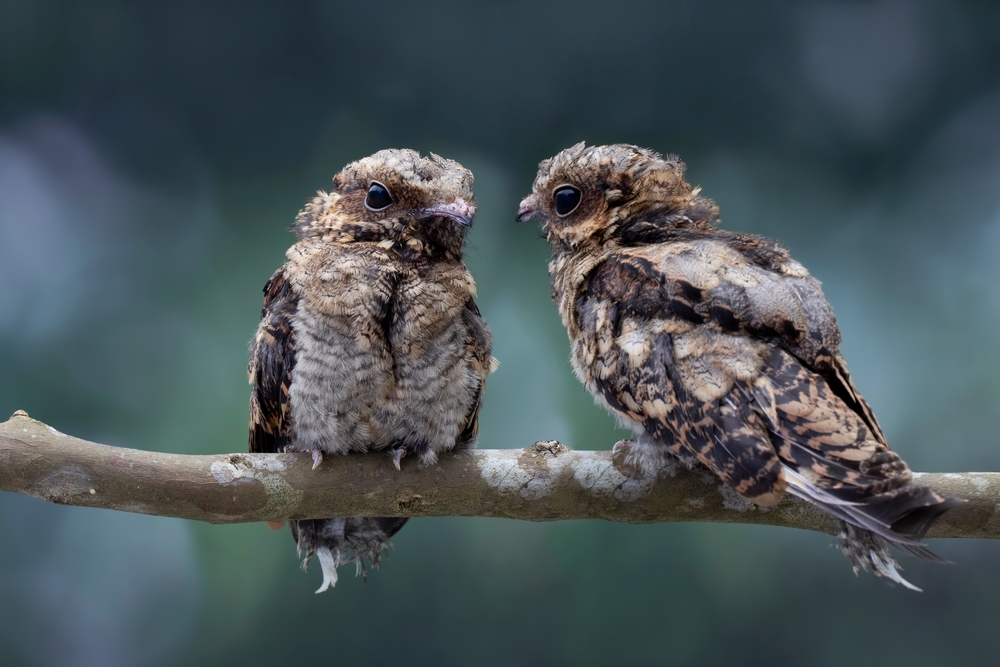
With its mottled plumage and silent flight, the nightjar is a bird that truly embodies the essence of nocturnal stealth. Residing in open landscapes, these birds are masters of disguise, blending seamlessly with their surroundings during the day. At night, they awaken to hunt for insects, using their large mouths to snatch up prey mid-flight. Their eerie calls and haunting songs add a mysterious element to the night, often leaving listeners entranced.
Nightjars are fascinating not just for their nocturnal lifestyle, but for their remarkable adaptations to living in low-light environments. Despite their elusive nature, they’re an important part of their ecosystems, controlling insect populations naturally. Habitat loss and climate change pose threats to their populations, making conservation efforts vital for their continued survival. Next time you hear a distant, melodic call in the night, it might just be the nocturnal serenade of the elusive nightjar.
9. The Silent Manta Ray
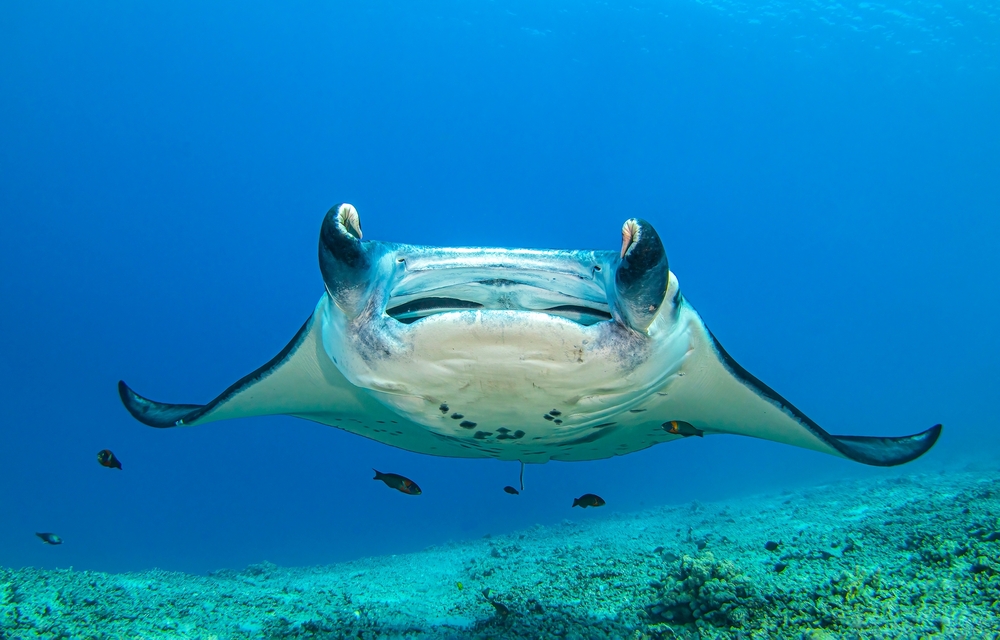
Gliding gracefully through the ocean depths, the manta ray is a majestic creature of the night. Known for their massive wingspans and gentle demeanor, manta rays often emerge under the cover of darkness to feed on plankton-rich waters. Their silent, ghost-like movements are mesmerizing, creating a spectacle that captivates divers and marine enthusiasts alike. These gentle giants are a reminder of the ocean’s mysteries, silently navigating the nocturnal seas.
Manta rays, despite their size and grace, face numerous threats from commercial fishing and habitat destruction. They play a crucial role in marine ecosystems and are a symbol of oceanic harmony. Conservation efforts are focused on protecting them from overfishing and preserving their natural habitats. So, whether you’re a seasoned diver or an armchair explorer, the manta ray remains an awe-inspiring creature of the night worth protecting and admiring.
10. The Bewitching Firefly
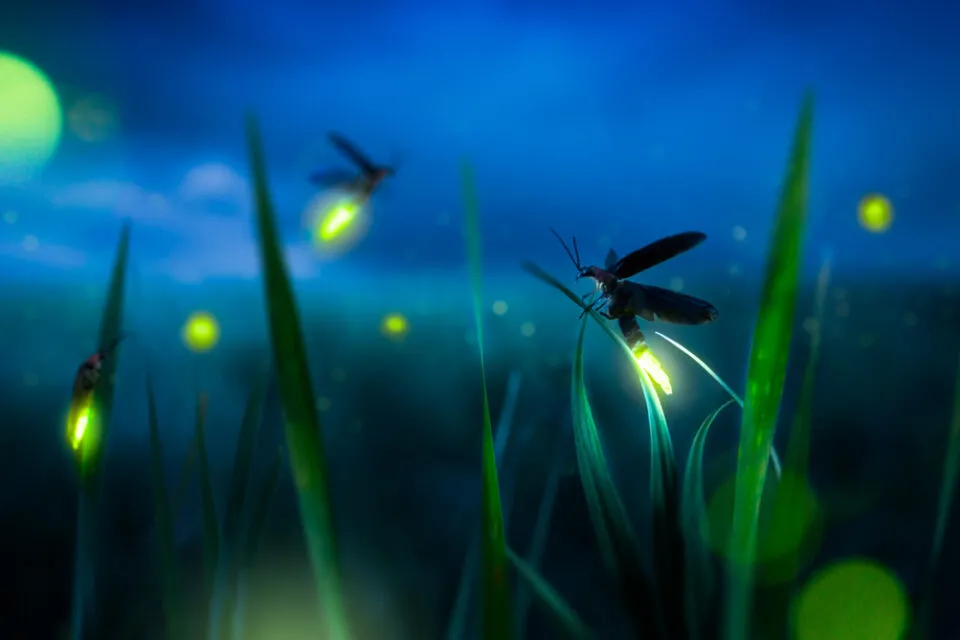
No list of nocturnal creatures would be complete without mentioning the enchanting firefly. Known for their bioluminescent glow, fireflies light up the night with their mesmerizing dances, creating scenes straight out of a fairytale. These fascinating insects use their light for communication, mating, and warding off predators, demonstrating a natural wonder that’s both beautiful and essential. Watching fireflies can be a magical experience, evoking a sense of wonder and nostalgia.
Despite their charm, fireflies are declining in numbers due to habitat loss and light pollution. These environmental threats disrupt their natural behaviors and diminish their enchanting displays. Conservation efforts are essential to ensure future generations can enjoy these natural light shows. So, when summer nights bring the glow of fireflies, remember the magic they add to the nocturnal world and the importance of preserving their habitat for years to come.
